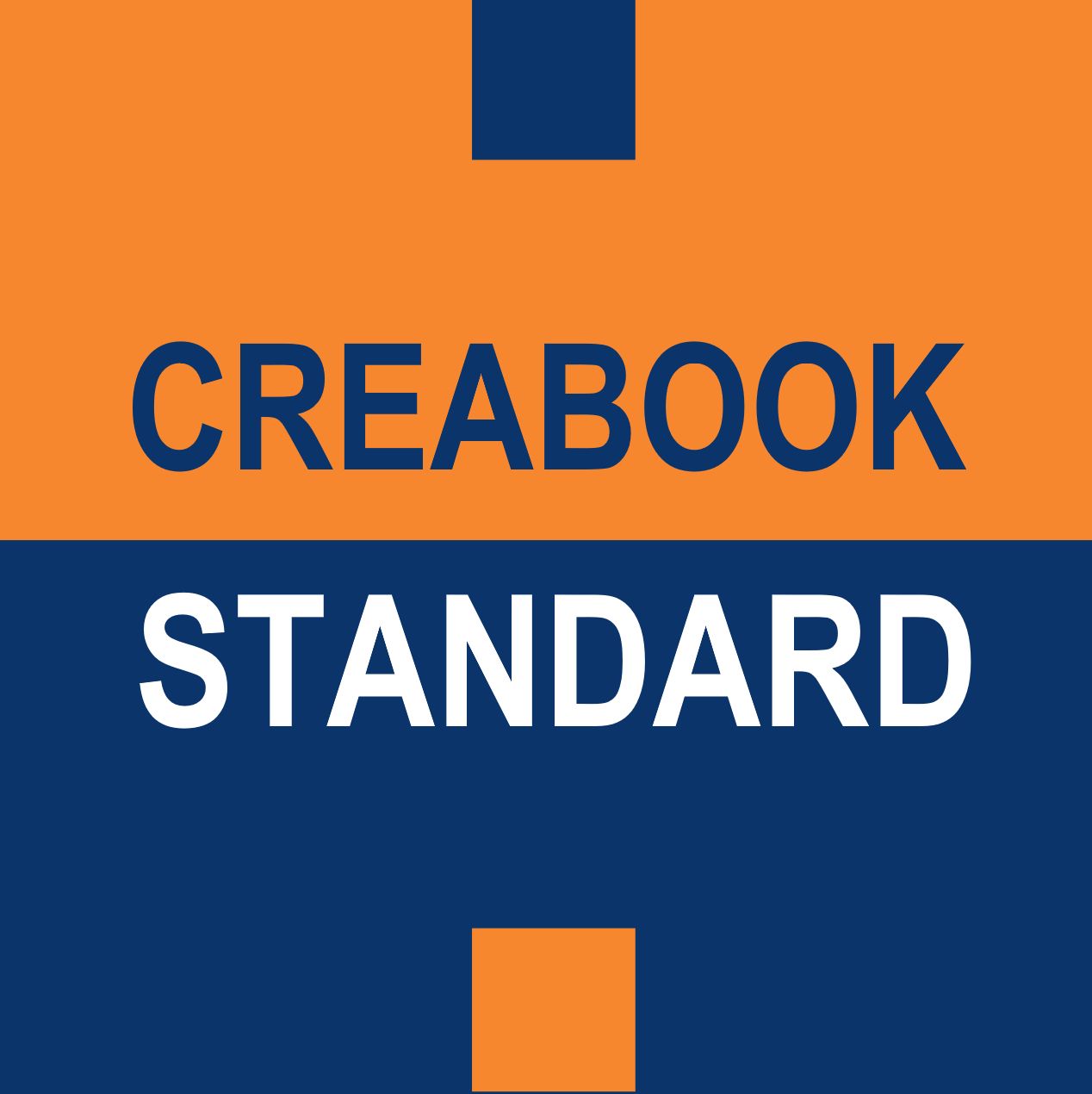In this first section, you will describe the challenges you faced when you started building your creation.
What constraints did you encounter at the start of your project?
What challenges did you have to overcome to bring your idea to fruition?
To help you in your reflection, you will find key examples from different sectors in addition to our usual excerpts from the reference example in this chapter.
Refer to key examples from different sectors
Architecture field: The staircase of Château de Chambord (Leonardo da Vinci).
“In 1516, King Francis I of France decided to build a new palace on the edge of the abundant forest of Chambord. Leonardo da Vinci, architect and friend of the king, was tasked with designing the plans for the new castle.”
Scientific field: Universal Law of Gravitation (Isaac Newton).
“In the 18th century, everyone believed that the world had been created by God approximately 5000 years ago. However, following the ideas presented by Saint Thomas Aquinas, Newton also believed that beneath divine law, there were physical laws governing the motion of nature, stars, and other objects. Galileo had already studied the fall of objects and had formulated new ideas regarding the movement of stars.”
Technical field: Dynamite (Alfred Nobel).
“Alfred Nobel came from a family of builders. His father, who was interested in explosive powder, asked him one day to find techniques to increase its power.”
Artistic field: The Thinker by Rodin.
“As part of a call for proposals, the Fine Arts Directorate commissioned the creation of a monumental gate based on the poem ‘Divine Comedy.’ This gate was intended to serve as the facade for a future museum of decorative arts. Auguste Rodin decided to participate.”
Information Technology field: The Smartguide (Gérard de Villeroché).
“In 1981, Villeroché was commissioned by Datar to promote foreign investments in the Lorraine region. While driving to an industrial site with two American investors, he had a lot of difficulty finding his way on a paper road map. After identifying the location on the map of the small town where the mayor who had invited them for lunch was, he failed to locate the correct intersection depicted on the map while conversing with his American guests. Arriving 30 minutes late, despite the good directions given by local farmers, he missed the lunch invitation with the mayor. There were hardly any mobile phones at that time. The visit to the industrial site could not take place that day. It was not possible to reschedule. The expected investments were lost.”
Refer to the reference example
In this Chapter 3.1, here’s how Alain Souloumiac introduces his thoughts on the CreaCORN:
“Banks allocate much of their funds to consumer loans related to products and services that often lack environmental sustainability, or to home loans that contribute to the speculative real estate bubble. They do not have open doors for promising startups. However, investments in startups offer greater potential for profitability, environmental balance, employment, and social future than investments in consumer goods or real estate.
Ownership of the research and development work of startups should be recognized, but this is currently not the case. This explains why funding for startups depends mainly on venture capital and public institutions that specialize in such investments. To enable broader funding of R&D with intellectual property, a comprehensive description, proof, and verification of this authorship is crucial. The disruptive innovations introduced by startups are complicated and should be evaluated by competent experts according to well-defined standards.
By leveraging the tools outlined in the Universal Standard for Intellectual Property (USIP), CreaCORN aims to expand funding opportunities for startups and reduce their failure rate, ultimately equipping our economy to meet the challenges of today.”
